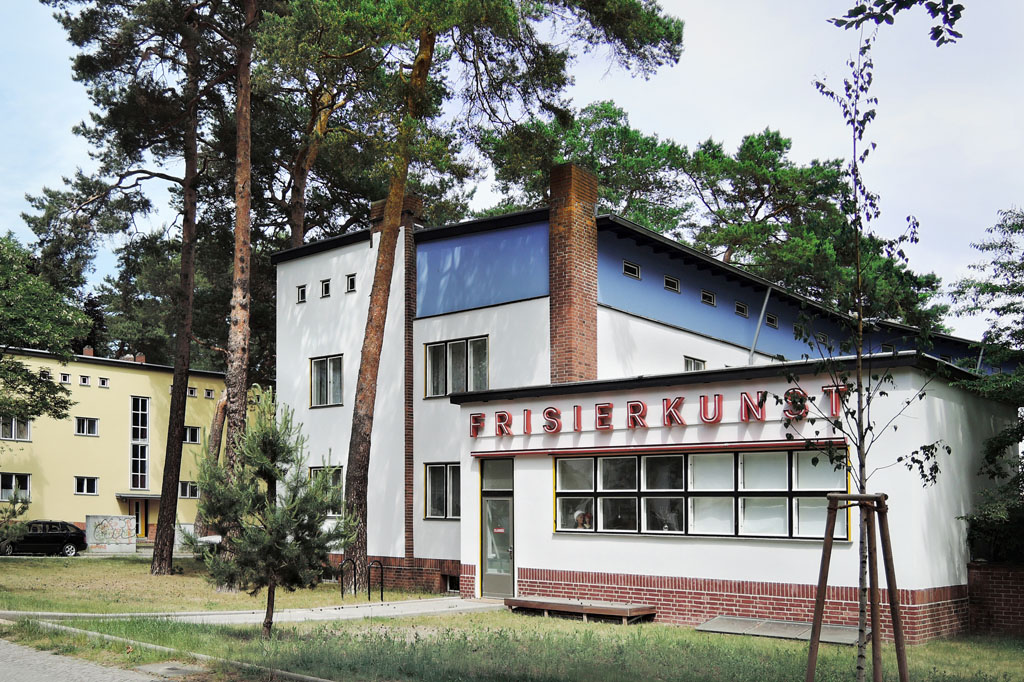Onkel-Toms-Hütte Estate
A leafy housing estate in south-west Berlin known as Onkel-Toms-Hütte (Uncle Tom's Cabin) is one of Germany's most famous. It is also among the biggest of Berlin's 1920s residential estates, with around 1,900 units built in seven construction phases in 1926-31. Besides Bruno Taut, the chief architect of the GEHAG housing association, architects Hugo Häring and Otto Rudolf Salvisberg, as well as landscape architect Leberecht Migge, were involved in the project. Contrary to the expectations of many experts, the property in Berlin-Zehlendorf – often called a "forest estate" because it blends into the natural wooded environment – was not included in the city's initial application for World Heritage listings of its housing estates. Onkel-Toms-Hütte was excluded mainly because of architectural conversions in many of the estate’s terraced dwellings, which meant they did not meet requirements for listed buildings. However, the site still qualified as an ensemble monument, as these conversions were carried out earlier. Unlike the terraced homes at Onkel-Toms-Hütte, which are privately owned, all of its rental apartments belong to a single owner, Deutsche Wohnen, which extensively restored the ensemble in the 2010s. World Heritage is currently considering a nomination to add the estate to Berlin’s existing listings. In terms of the overall design, colours, layout and style of individual components, Onkel-Toms-Hütte has numerous parallels to the slightly older Horseshoe Estate in Berlin-Britz. Because of its vibrant colours, Onkel-Toms-Hütte was dubbed “Parrot Estate” by some Berliners (see the section "Cheeky Berlin nicknames" in the Siemensstadt section).
Despite its absence on the World Heritage list, Onkel-Toms-Hütte is still considered one of Bruno Taut's major works. A survey of the estate by the architecture workshop Pitz-Brenne begun in the late 1970s led to a series of studies, restorations and monument registrations.

